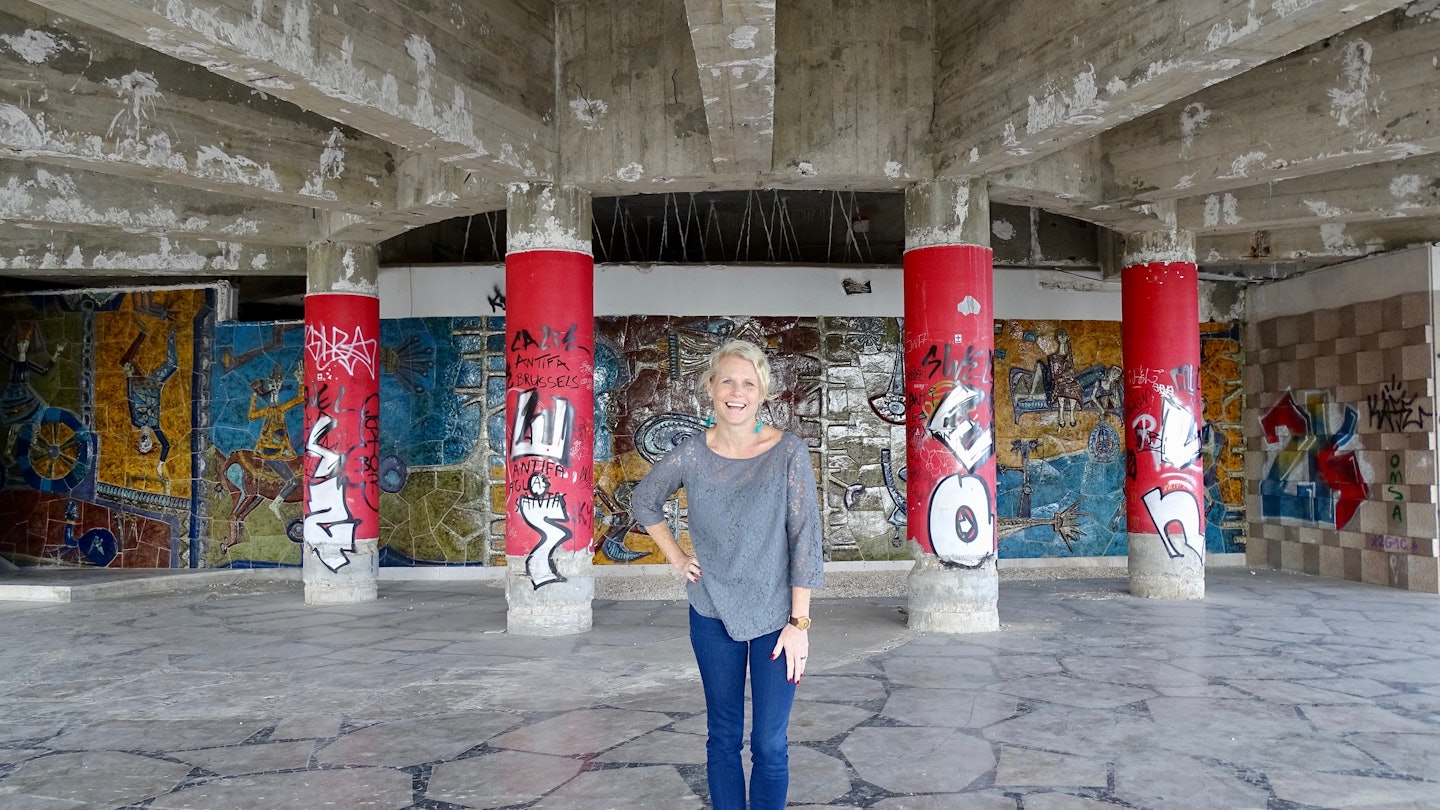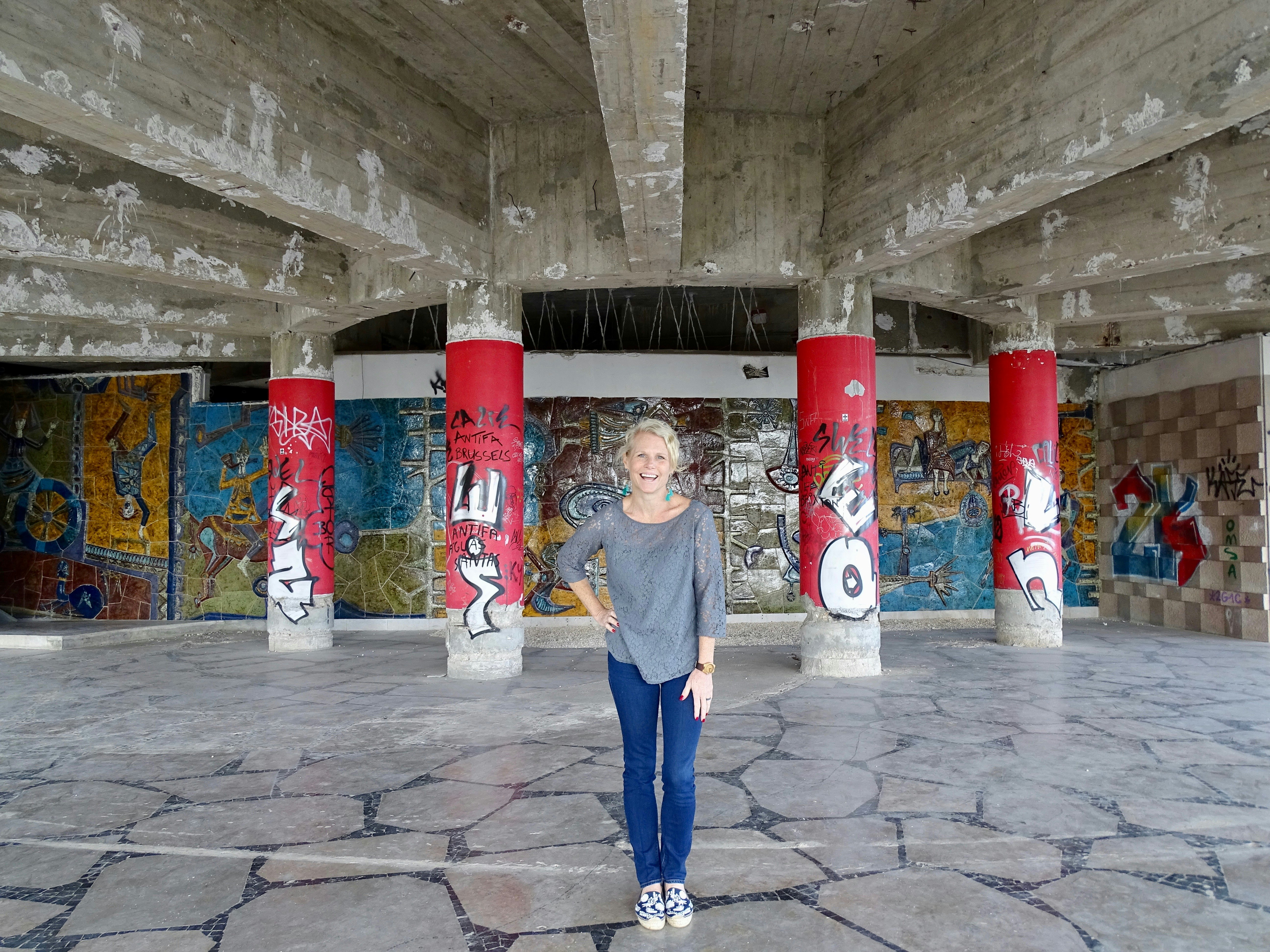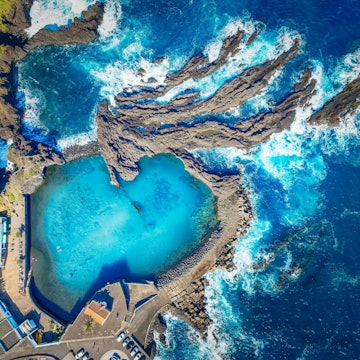

Europe has always held a special place in my heart. My first encounter with the continent at age 14 left me with a love for quaint villages, cobblestone streets, and winding pathways. Nowadays, when it comes to vacationing, I would gladly trade sand and sea for a chance to wander through the European countryside.

When I decided to join Traverse Journeys on an immersive tour of Portugal, I anticipated the opportunity to taste new foods and ride Lisbon’s adorable trams. I pictured myself sipping coffee at cafes, sampling port wine, and perusing quaint shops. The scenes in my head were full of charm and aligned with what I had experienced during prior European visits. So I boarded my plane, passport in hand, and headed off to Portugal.

My ride was already waiting when I arrived in Lisbon. As we headed to the guest house, my eyes fixated on the passing scenery, which wasn’t quite what I expected. There was graffiti everywhere. I chalked it up to the fact that we were in a modernized area surrounding the airport, but as we got closer to the city center, painted pictures, words, and tagging didn’t wane. I found it distasteful and pondered the defacement of the structures.
Once I arrived at my accommodations, I took a bit of time to relax, read the itinerary, and contemplate what the next few days would hold. My heart sank as I saw there was an urban street art tour on the schedule. Hadn’t I already had a mini-tour on my way from the airport?

An overview of Lisbon was on the docket for our first full day of touring. When we piled in a Jeep emblazoned with “We Hate Tourism Tours” on the side, I knew this wasn’t going to be a typical excursion. Our group was able to get our bearings while trying delicious pasteis de nata and soaking in views of the beautiful red roofs for which the city is known. We then traveled a bit away from downtown and parked outside an abandoned concrete structure coated in graffiti. I sighed quietly. This was hardly the quintessential Lisbon I wanted to see.

The Miradouro Panoramico de Monsanto is a circular edifice with a gorgeous view of the city that had once been a restaurant for the glitterati. As we walked inside, it was almost eerie. The various levels were entirely open to the outside, where windows once overlooked Lisbon. Each vertical surface – walls, staircases, hallways – was covered in color. From simple tagging to intricate commissioned pieces, the structure was actually... beautiful. Everywhere I turned, there was something new to look at, a different work to ponder.

As I stood in this former high society club, I envisioned loud music thumping, lights glowing, and people chatting over drinks. Although there wasn’t so much as a chair or any soft surface left, the fact struck me that something made for the wealthy and elite was now open to everyone. It reminded me that what seems important at a particular moment in time, may just be fleeting and only able to be grasped for a moment. How could something in such disrepair be so alluring and teach me a lesson? My education didn’t end there.

I began to think a bit differently about the Lisbon street art walk that was scheduled later in the week. When our tour day arrived, I surprisingly felt a bit of excitement as I prepared to soak in the murals. Our guide explained the original purpose of the street art movement in Lisbon. In 1974, after decades of an oppressive dictatorship in Portugal, the residents began a revolution that resulted in overthrowing the authoritarian regime and allowing the country to thrive under its new democracy. During the revolution, several turned to graffiti as a way to express themselves and have their viewpoints heard. Artists continue to utilize this art form. Today street art serves as a pathway for unity.

During our Lisbon street art tour, we made our way through the Mouraria neighborhood, which was filled with art installations that were collaborations between the older residents and graffitists. One mural along Largo Achada portrayed a woman who lived in the community spraying the artist, caught mid-selfie. It was stunning and humorous, allowing both the artist and the woman featured to express themselves.

A medium that was formerly offensive to me now bore such meaning. The way that graffiti had brought people together – bonding artists with residents and young with old – was more captivating to visualize than the installations themselves. A bit of creative thinking and inclusivity unified those who were seemingly opposites.
On my last night in Lisbon, I had a bit of time alone. As I wandered the cobblestone streets looking at shops and soaking in the quintessentially European experiences that I had longed for, I stumbled upon the neighborhood we had toured. I was able to spot individual pieces and know the reasoning behind them instead of judging them as being ugly or without purpose.
I walked to the end of the road and encountered a sprawling view of the red roofs of Lisbon. The setting sun was the perfect capstone to my trip as I said goodbye. I paused to thank the city that had taught me so much – about its art and also about myself.
You might also like these
Why January is the best time to visit Lisbon
A local’s guide to Lisbon
A food lover’s guide to Lisbon
















